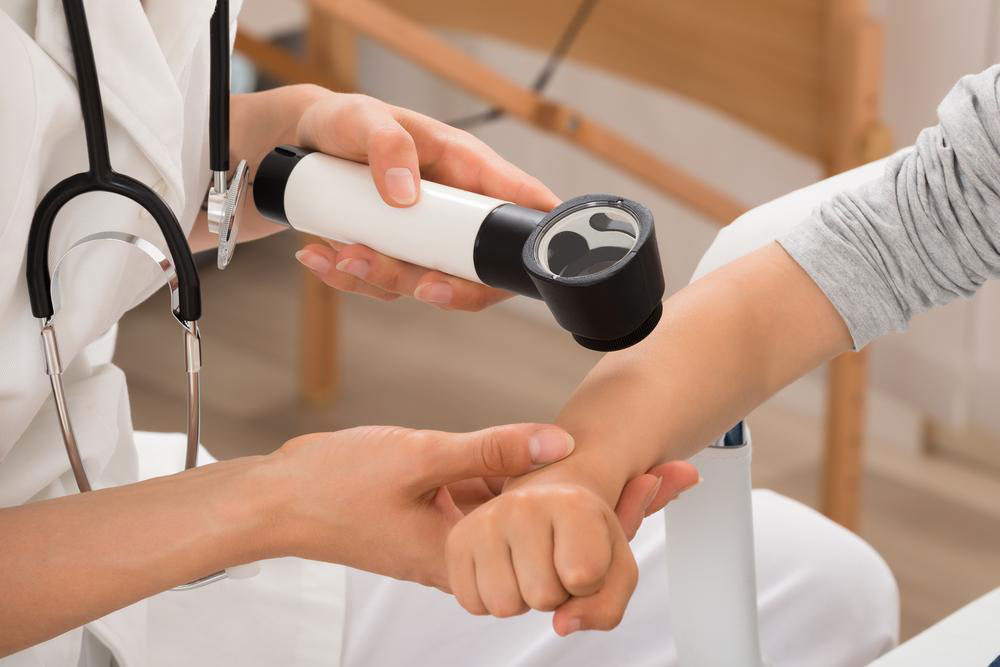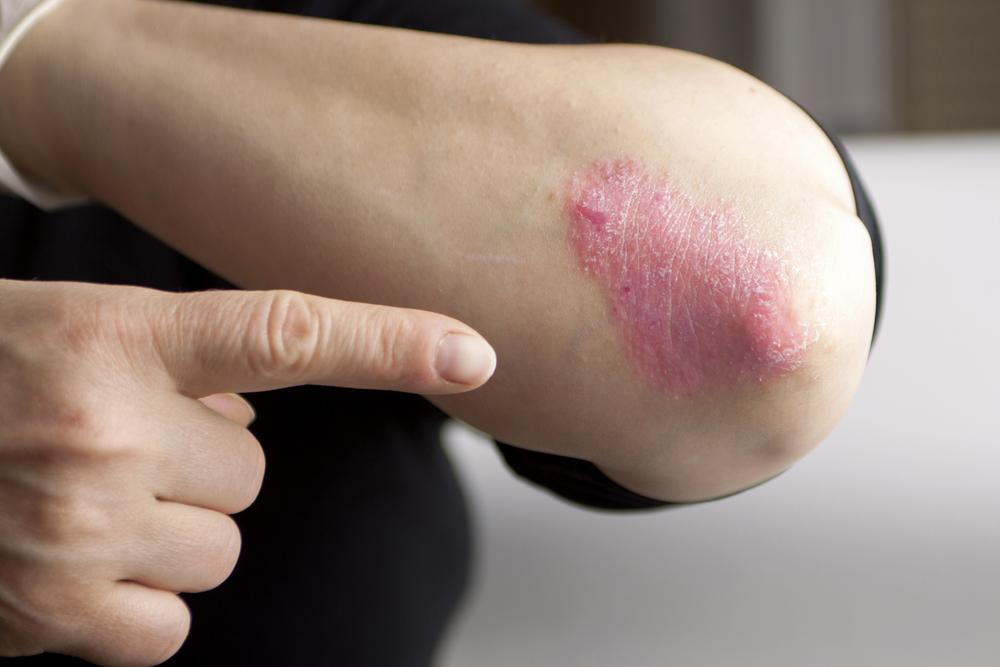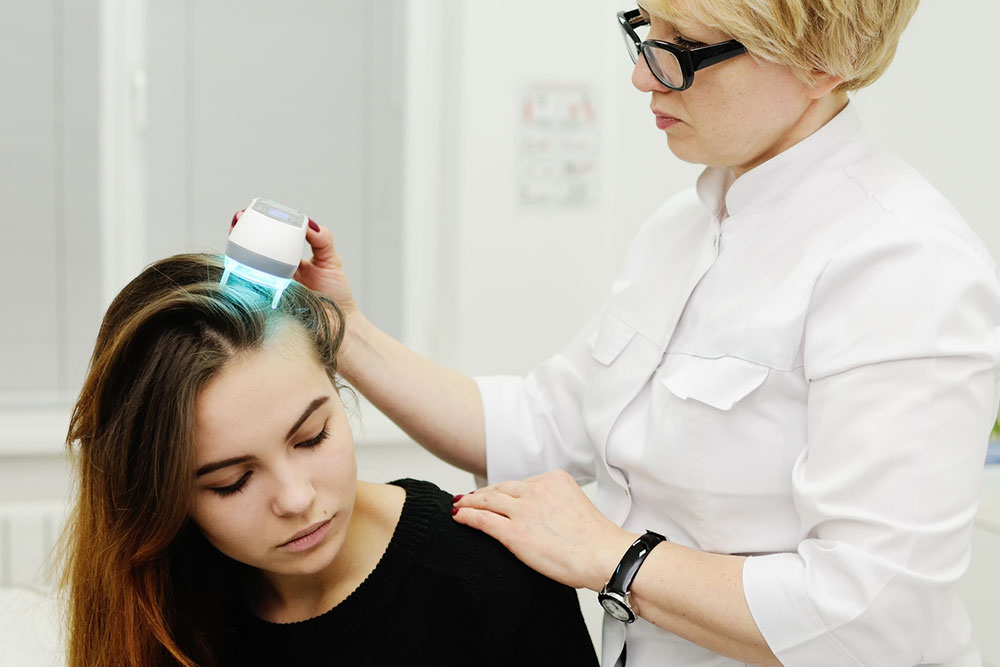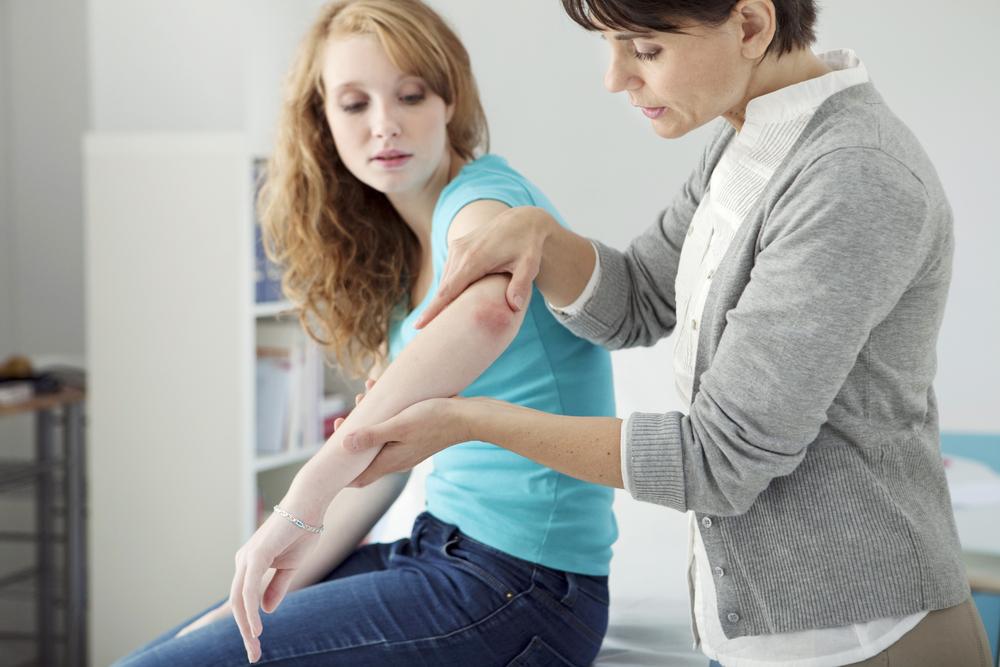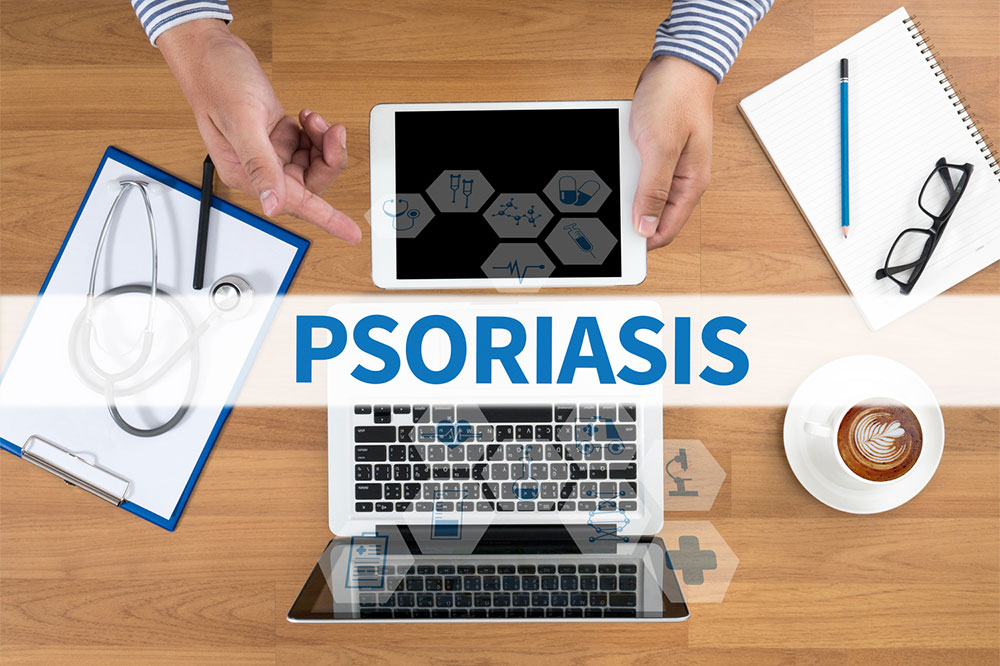Comprehensive Guide to Psoriasis: Recognizing Symptoms and Understanding Variations
This comprehensive article offers an in-depth understanding of psoriasis, covering its symptoms, various types, health implications, and modern management strategies. It aims to educate patients and caregivers on recognizing the signs and effectively controlling this chronic skin condition through personalized treatments and lifestyle adjustments.

Comprehensive Guide to Psoriasis: Recognizing Symptoms and Understanding Variations
Psoriasis is a chronic, immune-mediated skin condition that afflicts millions worldwide. It manifests as persistent red, inflamed patches covered with silvery-white scales, often causing discomfort, itchiness, and cosmetic concerns. Despite its non-contagious nature, psoriasis is a hereditary disorder with complex triggers, making it a significant focus of dermatological research and treatment. This comprehensive guide explores the symptoms, different types, potential health risks, and management strategies associated with psoriasis, aiming to increase awareness and aid those affected in understanding this complex disease.
Understanding Psoriasis: An Overview
Psoriasis is a multifactorial skin disorder that results from an overactive immune response, leading to accelerated skin cell production. Normally, skin cells mature and shed over a span of approximately four weeks, but in psoriasis, this process is shortened to just a few days, causing the rapid buildup of dead skin cells that form characteristic scales. The exact cause remains unknown, but genetic predisposition combined with environmental triggers, such as stress, infections, or skin injuries, contributes to its development.
This condition typically appears as episodes, with symptoms fluctuating over time and impacted by lifestyle, climate, and overall health. While there is presently no definitive cure for psoriasis, numerous treatment options exist to manage symptoms and improve quality of life. Advances in dermatology continue to refine these therapies, emphasizing personalized approaches based on the type, severity, and patient-specific factors.
Common Symptoms of Psoriasis
The hallmark of psoriasis is the appearance of well-defined, red, and inflamed patches on the skin's surface, often covered with silvery scales. These patches can vary significantly in size, shape, and location, with symptoms including:
Persistent redness (erythema)
Silvery-white or grey scales that can be scraped off
Itching, burning, or soreness
Cracking or bleeding skin in severe cases
Rough patches, often raised above the skin surface
Location and Impact of Psoriasis
While psoriasis commonly affects areas like the scalp, elbows, and knees, it can also appear in less typical locations, including the nails, trunk, or genital regions. The impact on patients extends beyond physical discomfort; it can lead to psychological distress, social isolation, and a diminished quality of life. Visible skin lesions may cause embarrassment, anxiety, or depression, emphasizing the importance of comprehensive management strategies.
Types of Psoriasis: An In-Depth Look
Psoriasis is not a single uniform disease but encompasses various types that differ in appearance, severity, and location. Recognizing these variations is crucial for diagnosis and effective treatment planning. The primary types include:
Chronic Plaque Psoriasis: This is the most prevalent form, accounting for approximately 80-90% of psoriasis cases. It manifests as raised, red patches with well-defined margins, topped with silvery, flaky scales. These plaques can appear anywhere on the body but are most commonly found on the scalp, elbows, and knees. They may cause pruritus and discomfort and sometimes crack or bleed. Chronic plaque psoriasis tends to have periods of flare-ups and remission, requiring ongoing treatment to control symptoms.
Inverse or Flexural Psoriasis: Characterized by smooth, shiny, and bright red patches, this type appears in skin folds such as the groin, underarms, behind the knees, or around the genitals. Unlike plaque psoriasis, these lesions are not covered with scales, making them more difficult to detect but often more irritating due to friction and moisture in these areas. This form can coexist with other psoriasis types and tends to flare-up with sweating or infections.
Erythrodermic Psoriasis: The most severe and rare form, erythrodermic psoriasis involves widespread, fiery redness covering much of the body. It is accompanied by intense itching, pain, and skin shedding, often leading to systemic symptoms such as fever, chills, and malaise. This form requires immediate medical attention because it can lead to fluid imbalance, infection, and other complications.
Pustular Psoriasis: Characterized by the appearance of white pustules (pus-filled blisters) on a background of red, inflamed skin. This severe type can be localized—affecting the palms and soles—or generalized, covering large areas of the body. Patients might experience systemic symptoms like muscle weakness, chills, or fever. Subtypes include acropustulosis (affecting the extremities), palmoplantar pustulosis, and von Zumbusch psoriasis, which is a potentially life-threatening form requiring urgent care.
Guttate Psoriasis: Often triggered by infections, especially streptococcal throat infections, guttate psoriasis presents as multiple small droplet-shaped lesions predominantly on the trunk, arms, and legs. It commonly affects children and young adults and may resolve spontaneously or require treatment to prevent progression to chronic plaque psoriasis.
Nail Psoriasis: While not a separate disease, psoriasis frequently affects the nails, causing pitting, discoloration, onycholysis (detachment), and subungual hyperkeratosis. Nail involvement can be particularly distressing as it impacts manual dexterity and can be mistaken for fungal infections, necessitating careful diagnosis and management.
Potential Health Risks and Comorbidities
Beyond skin symptoms, psoriasis is associated with several systemic health conditions. The chronic inflammatory process can predispose individuals to:
Cardiovascular disease, including hypertension and atherosclerosis
Type 2 diabetes mellitus
Metabolic syndrome
Psoriatic arthritis, which occurs in approximately 15% of psoriasis patients, leading to joint pain, stiffness, and swelling
Psychological effects such as depression and anxiety due to visible skin lesions and social stigma
Recognizing these comorbidities is essential for comprehensive health management. Regular screening and multidisciplinary care can help mitigate risks and improve overall outcomes for individuals with psoriasis.
Management and Treatment Strategies
Although there is currently no cure for psoriasis, numerous therapies are available to control symptoms and improve skin health. Treatment options vary depending on severity, location, and patient preferences, and include:
Topical Treatments: Corticosteroids, vitamin D analogs, coal tar, moisturizers, and keratolytic agents help reduce inflammation, scale buildup, and itching. These are often the first line of therapy for mild to moderate cases.
Phototherapy: Exposure to controlled doses of ultraviolet (UV) light, like narrowband UVB therapy, can slow skin cell growth and reduce inflammation. This treatment is effective for extensive plaques or stubborn cases.
Systemic Medications: For moderate to severe psoriasis, biologics (such as TNF-alpha inhibitors, IL-17 inhibitors), methotrexate, cyclosporine, or acitretin can modulate immune responses and provide significant relief. These require medical supervision due to potential side effects.
Emerging Therapies: Advances in biomedical research have led to targeted therapies that inhibit specific pathways involved in the immune response, offering promising results and fewer adverse effects.
Adopting lifestyle changes, such as stress management, avoiding known triggers, maintaining skin hydration, and quitting smoking or excessive alcohol consumption, can complement medical treatments. Psycho-social support and patient education are also integral to successful management.
Living with Psoriasis: Tips and Support
Living with psoriasis poses daily challenges, both physically and emotionally. Patients are encouraged to:
Keep skin moisturized to prevent cracking and reduce itchiness
Follow prescribed treatment regimens diligently
Avoid known triggers like stress, infections, and skin injuries
Practice stress reduction techniques such as yoga or meditation
Join support groups for emotional support and shared experiences
Stay informed about new therapies and consult dermatologists regularly
Understanding psoriasis as a manageable condition can empower affected individuals to lead healthier, more comfortable lives while reducing stigma and improving self-esteem.
In conclusion, psoriasis is a complex and multifaceted skin disorder with various types and associated health risks. Early diagnosis, personalized treatment, and lifestyle modifications are key to effectively managing its symptoms and enhancing quality of life for those affected.

